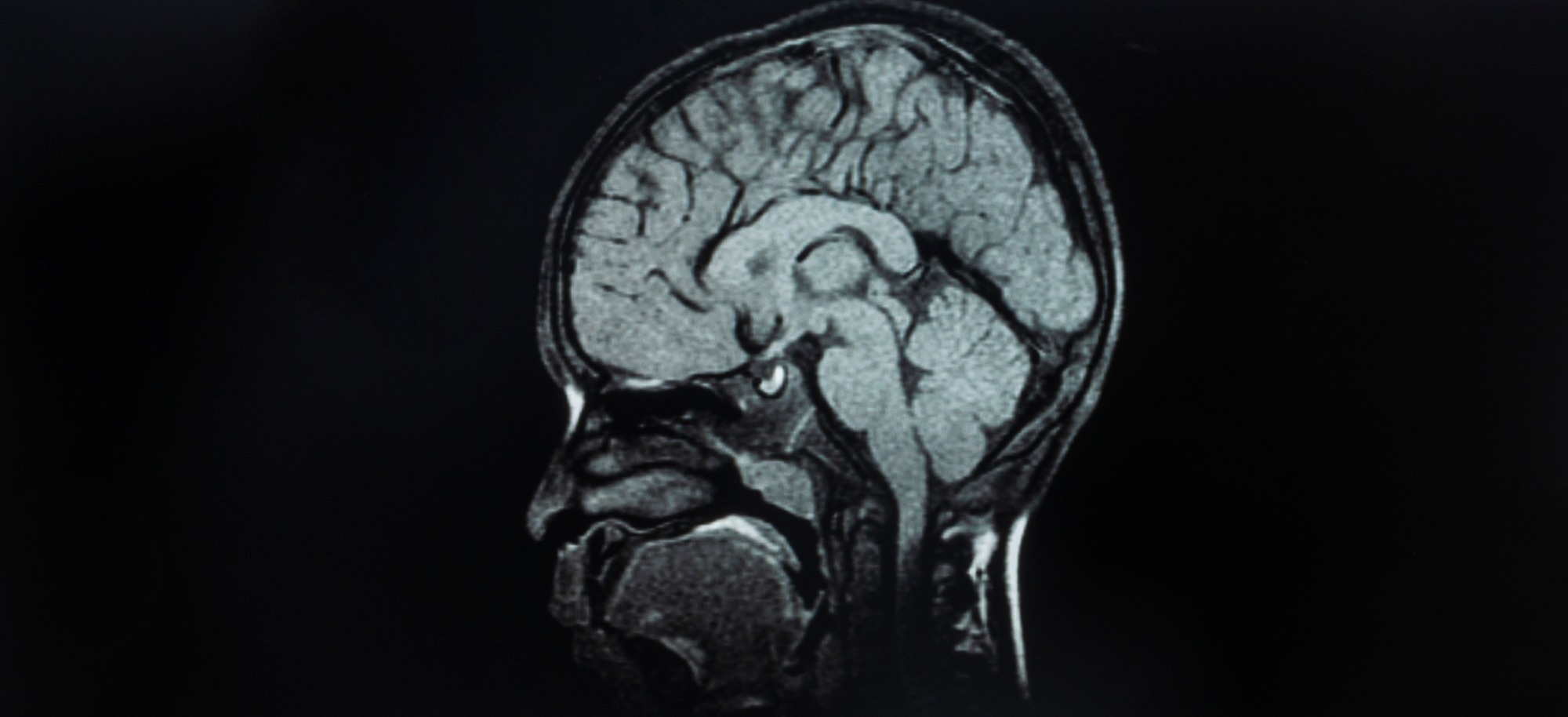A recent study published in Nature Communications demonstrated how droplet-based three-dimensional (3D) printing could help fabricate cerebral cortex tissues comprising layer-specific neurons organized into vertical columns.
 Study: Integration of 3D-printed cerebral cortical tissue into an ex vivo lesioned brain slice. Image Credit: Peter Porrini/Shutterstock.com
Study: Integration of 3D-printed cerebral cortical tissue into an ex vivo lesioned brain slice. Image Credit: Peter Porrini/Shutterstock.com
Background
The cerebral cortex has six layers, split into upper and deep layers. Injury to the cerebral cortex region of the brain due to traumatic brain injury (TBI), surgical resection for cancer, epilepsy, and stroke can damage cognitive function, impair motor skills, and cause a deterioration in overall quality of life.
In 2018, 69 million people suffered from TBI globally, with 4.8 million cases being severe or fatal. Yet, there is an acute shortage of effective treatments for brain injuries.
In murine models, the implantation of neural progenitor cells has been attempted to repair brain injuries. However, this did not fully restore the damaged brain tissue because the cellular architecture did not resemble natural brain anatomy.
Thus, the implantation of tissues resembling the cellular architecture of the damaged tissue could be more effective than dissociated hiPSC-derived organoids lacking structural integrity.
About the study
Mature neurons are sensitive to damage during 3D printing due to changes in temperature, osmolarity, etc., leading to physical stress.
Thus, in the present study, researchers 3D-printed upper- and deep-layer neural progenitors (UNPs and DNPs), not their mature descendants, using AH016-3, a human induced pluripotent stem cells (hiPSCs) line.
They applied a layer-by-layer sequential printing strategy, where each layer had an 8 × 8 × 8 droplet network labeled with a unique color. They also 3D-printed centimetre-scale structures with diverse shapes.
They printed the tissues in oil before conducting an extended treatment of NPs. They incubated cortical tissues in Neural Maintenance Medium (NMM) supplemented with a growth factor cocktail comprising growth factors that support proliferation (e.g., epidermal growth factor and fibroblast growth factor-2) and survival (brain-derived neurotrophic factor) for the first week of post-printing culture (WPP).
At the end of the first WPP, they replaced growth-factor supplemented NMM with Neural Terminal Medium (NTM) to encourage cortical tissue maturation.
Finally, they harvested tissues at two, four, and eight WPPs and immunostained a representative deep-layer cortical tissue at 8 WPP to reveal the tissue structure and the cellular composition, morphology, cell migration, process outgrowth, and gene expression, visualized with neural markers.
They conducted gene expression analysis using a real-time quantitative Polymerase Chain Reaction (RT-qPCR) to confirm the identities of the DN and UN cells.
Results
The researchers observed neuron migration and maturation during in vitro culture after printing for over a week. Finally, when the researchers implanted the printed cortical tissues into ex vivo brain explants, the implant formed structural connections with the host tissues and maintained its calcium ion (Ca2+) activity.
The correlated Ca2+ oscillations manifested due to the early establishment of volume transmission. Note that Ca2+ ion activity is a neuronal signal transmission method involving the non-synaptic release of neurotransmitters, which diffuse through the extracellular space (ECS).
In the future, the researchers aim to do implants after lengthier post-implantation incubation times to attain a more advanced repair.
Fluorescence confocal (FC) imaging revealed process outgrowth and neuron migration (processes integral to neurogenesis) from the implant towards the host, indicating its successful integration into the ex vivo brain explant.
FC imaging also revealed differences in the distance of outgrowth and migration under the four conditions at five days post-implantation (DPIs).
Interestingly, γ-secretase inhibitor (DAPT) treatment led to further increases in the distance for conditions A (265 ± 30 μm) and B (434 ± 41 μm). Indeed, these implanted explants could help evaluate the effect of nutrients and DAPT treatment on implantation.
Implications
With this study approach, the researchers produced distinct types of neurons without genetic manipulation, which reduced clinical safety issues. Thus, in the case of a large lesion, an implant with a matched 3D shape and cellular architecture might provide a precise treatment and restore cognition.
Furthermore, researchers might extract NPs from patients’ cells to treat brain damage, as those might produce even more realistic cortical tissues.
The study method could help print alternative chemically defined hydrogels, for example, collagen and agarose, which might overcome the limitations associated with ECM-derived hydrogels, preventing their widespread clinical use.